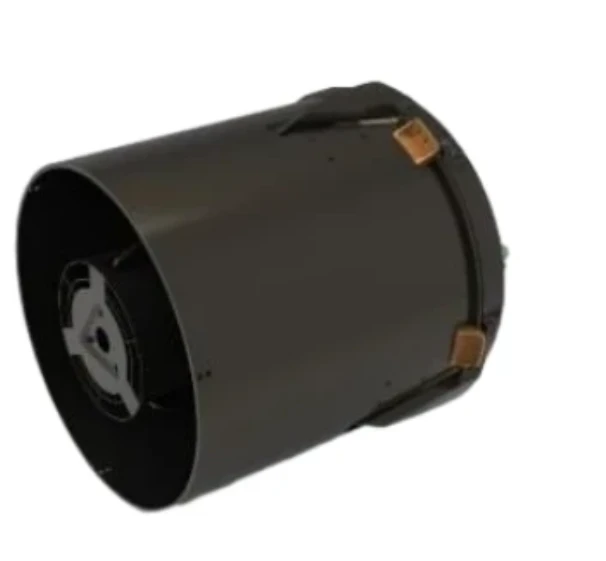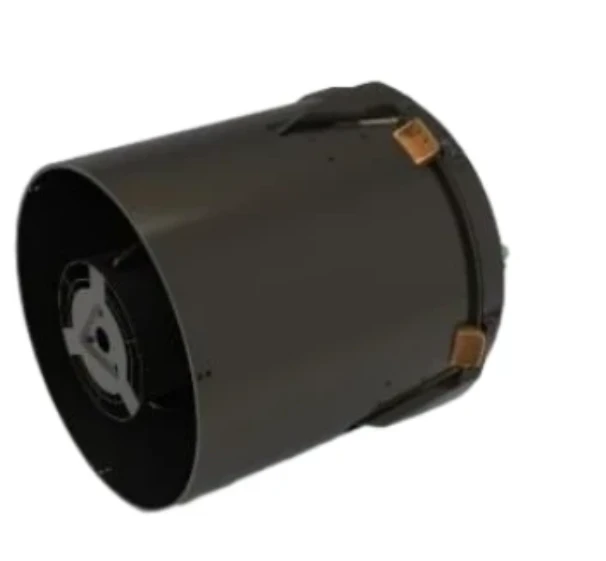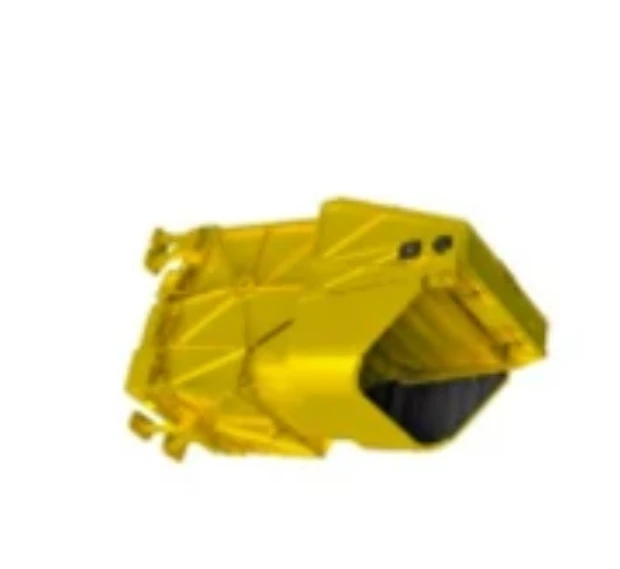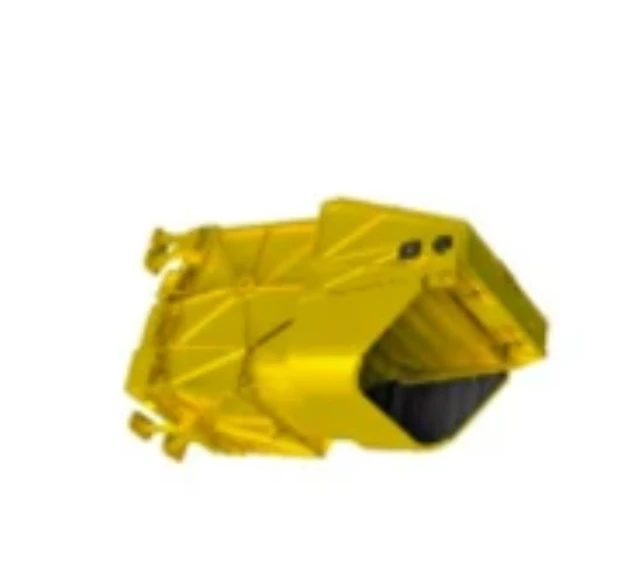
- Afrikaans
- Albanian
- Amharic
- Arabic
- Armenian
- Azerbaijani
- Basque
- Belarusian
- Bengali
- Bosnian
- Bulgarian
- Catalan
- Cebuano
- China
- Corsican
- Croatian
- Czech
- Danish
- Dutch
- English
- Esperanto
- Estonian
- Finnish
- French
- Frisian
- Galician
- Georgian
- German
- Greek
- Gujarati
- Haitian Creole
- hausa
- hawaiian
- Hebrew
- Hindi
- Miao
- Hungarian
- Icelandic
- igbo
- Indonesian
- irish
- Italian
- Japanese
- Javanese
- Kannada
- kazakh
- Khmer
- Rwandese
- Korean
- Kurdish
- Kyrgyz
- Lao
- Latin
- Latvian
- Lithuanian
- Luxembourgish
- Macedonian
- Malgashi
- Malay
- Malayalam
- Maltese
- Maori
- Marathi
- Mongolian
- Myanmar
- Nepali
- Norwegian
- Norwegian
- Occitan
- Pashto
- Persian
- Polish
- Portuguese
- Punjabi
- Romanian
- Russian
- Samoan
- Scottish Gaelic
- Serbian
- Sesotho
- Shona
- Sindhi
- Sinhala
- Slovak
- Slovenian
- Somali
- Spanish
- Sundanese
- Swahili
- Swedish
- Tagalog
- Tajik
- Tamil
- Tatar
- Telugu
- Thai
- Turkish
- Turkmen
- Ukrainian
- Urdu
- Uighur
- Uzbek
- Vietnamese
- Welsh
- Bantu
- Yiddish
- Yoruba
- Zulu
Exploring the World of Advanced Camera Systems: Discovering Precision and Versatility
In the ever - evolving landscape of imaging technology, camera systems have become indispensable tools for surveillance, content creation, and various other applications. Among these, the pan tilt zoom camera system, zoom ip camera, pan tilt and zoom camera, 20x zoom camera, and the comparison between optical zoom vs digital zoom represent key aspects that drive innovation and functionality in the field. These camera features and systems offer users the ability to capture detailed images from afar, control the camera's field of view, and make informed decisions about image quality.
Unveiling the Capabilities of Pan Tilt Zoom Camera System
A pan tilt zoom camera system provides users with a comprehensive solution for capturing dynamic scenes. In large - scale surveillance applications, such as monitoring airports or shopping malls, these systems are invaluable. The pan function allows the camera to rotate horizontally, while the tilt function enables vertical movement. Combined with the zoom feature, security personnel can effortlessly scan vast areas and focus on specific details, such as identifying individuals or monitoring activities from a distance. For example, in a busy airport terminal, a pan tilt zoom camera system can be used to keep an eye on crowds, baggage claim areas, and entry points, ensuring safety and security. The system's ability to cover a wide range of angles and distances makes it a highly effective tool for both preventive and investigative purposes.
The Rise of Zoom IP Camera in Modern Surveillance
Zoom IP cameras have revolutionized the way we approach surveillance. These cameras leverage internet protocol (IP) technology, allowing for remote access and control. With built - in zoom capabilities, zoom IP cameras can capture high - resolution images from extended distances. In corporate environments, they are used to monitor office spaces, parking lots, and perimeters. Business owners can access the camera feed via a computer or mobile device, enabling them to view live footage or review recorded events in real - time. For instance, a company might install zoom IP cameras in its parking lot to deter theft and vandalism. Managers can then check the cameras remotely, ensuring the safety of employees and company assets. The integration of zoom functionality with IP technology provides flexibility and convenience, making these cameras a popular choice for modern surveillance setups.
Exploring the Flexibility of Pan Tilt and Zoom Camera
Pan tilt and zoom cameras offer a high degree of flexibility in capturing images. In wildlife photography, photographers rely on these cameras to track and capture animals in their natural habitats. The ability to pan and tilt allows them to follow the movement of wildlife, while the zoom feature enables close - up shots without disturbing the animals. For example, a nature photographer might use a pan tilt and zoom camera to capture the intricate details of a bird in flight or the behavior of a pack of wolves. In addition to photography, these cameras are also used in broadcast studios. Camera operators can use the pan, tilt, and zoom functions to create dynamic shots, enhancing the visual appeal of live broadcasts. The combination of these features makes pan tilt and zoom cameras suitable for a wide range of applications that require both mobility and precision in image capture.
The Allure of 20x Zoom Camera for Detailed Imaging
20x zoom cameras are designed to provide users with the ability to capture detailed images from significant distances. In sports broadcasting, these cameras are commonly used to get up - close views of athletes during games. A 20x zoom camera can zoom in on a soccer player's face to capture their expressions or focus on a tennis ball in mid - air, enhancing the viewer's experience. In security applications, they can be used to monitor large areas, such as industrial sites or campuses. Security guards can use the 20x zoom to identify potential threats or suspicious activities from afar, without having to physically approach the area. The high magnification of a 20x zoom camera makes it a powerful tool for applications where detailed imaging from a distance is crucial.
Decoding the Difference: Optical Zoom vs Digital Zoom
Understanding the difference between optical zoom vs digital zoom is essential for achieving optimal image quality. Optical zoom uses the camera's lens to physically magnify the subject, resulting in a higher - quality image with no loss of detail. This is the preferred method for professional photographers and those who require accurate and sharp images. On the other hand, digital zoom works by cropping and enlarging the image digitally, which can lead to a loss of resolution and image quality, especially at higher zoom levels. For example, when using digital zoom on a smartphone camera, the image may appear pixelated or blurry. In applications where image clarity is paramount, such as in scientific research or professional photography, optical zoom is the recommended choice. However, digital zoom can still be useful in certain situations, such as when a quick zoom is needed and image quality is not the primary concern.
FAQ: Insights into Advanced Camera Systems
Factors to Consider When Choosing a Pan Tilt Zoom Camera System
When selecting a pan tilt zoom camera system, several factors should be taken into account. First, consider the coverage area and the required range of movement. For large - scale surveillance, a system with a wide pan and tilt angle and a high - power zoom is ideal. Additionally, evaluate the camera's resolution, frame rate, and low - light performance. A higher - resolution camera will capture more detailed images, while a faster frame rate ensures smooth video playback. Low - light performance is crucial for applications where the camera will be used in dimly lit environments. Also, consider the system's compatibility with existing infrastructure, such as network connectivity and storage solutions.
Maintenance Tips for Zoom IP Cameras
To ensure the optimal performance of zoom IP cameras, regular maintenance is necessary. Clean the camera lens regularly to remove dust, dirt, and smudges, as these can affect image quality. Check the camera's firmware regularly and update it to the latest version to benefit from security patches and new features. Monitor the camera's network connection to ensure stable and reliable communication. If the camera is installed outdoors, inspect it for any signs of damage from weather conditions, such as rust or water leakage, and take appropriate measures to protect it.
How to Optimize the Use of Pan Tilt and Zoom Camera
To make the most of a pan tilt and zoom camera, plan the camera's placement carefully. Consider the areas you want to monitor and position the camera to achieve the best coverage. Use the pan, tilt, and zoom functions strategically. For example, when monitoring a large area, start with a wide - angle view to scan the entire scene, and then zoom in on areas of interest. Practice using the camera's controls to become familiar with its capabilities and limitations. Additionally, adjust the camera's settings, such as focus and exposure, according to the lighting conditions and the subject being captured.
When to Use a 20x Zoom Camera vs Other Zoom Levels
The choice between a 20x zoom camera and other zoom levels depends on the specific application. If you need to capture detailed images from a significant distance, such as in wildlife photography or long - range surveillance, a 20x zoom camera is a good option. However, if you are working in a smaller space or do not require extreme magnification, a camera with a lower zoom level may be sufficient. Consider the size of the subject, the distance between the camera and the subject, and the level of detail you need to capture. A lower - zoom camera may also be more compact, lightweight, and cost - effective, making it a better choice for certain applications.
Best Practices for Utilizing Optical Zoom and Digital Zoom
When using optical zoom, make sure to use a tripod or stable surface to avoid camera shake, especially at higher zoom levels. This will help ensure sharp and clear images. For digital zoom, use it sparingly and only when necessary, as it can degrade image quality. If possible, try to get closer to the subject physically instead of relying on digital zoom. When editing images, be aware of the limitations of digital zoom and avoid over - enlarging the image, as this can result in a loss of detail. If high - quality images are required, always prioritize optical zoom over digital zoom.











